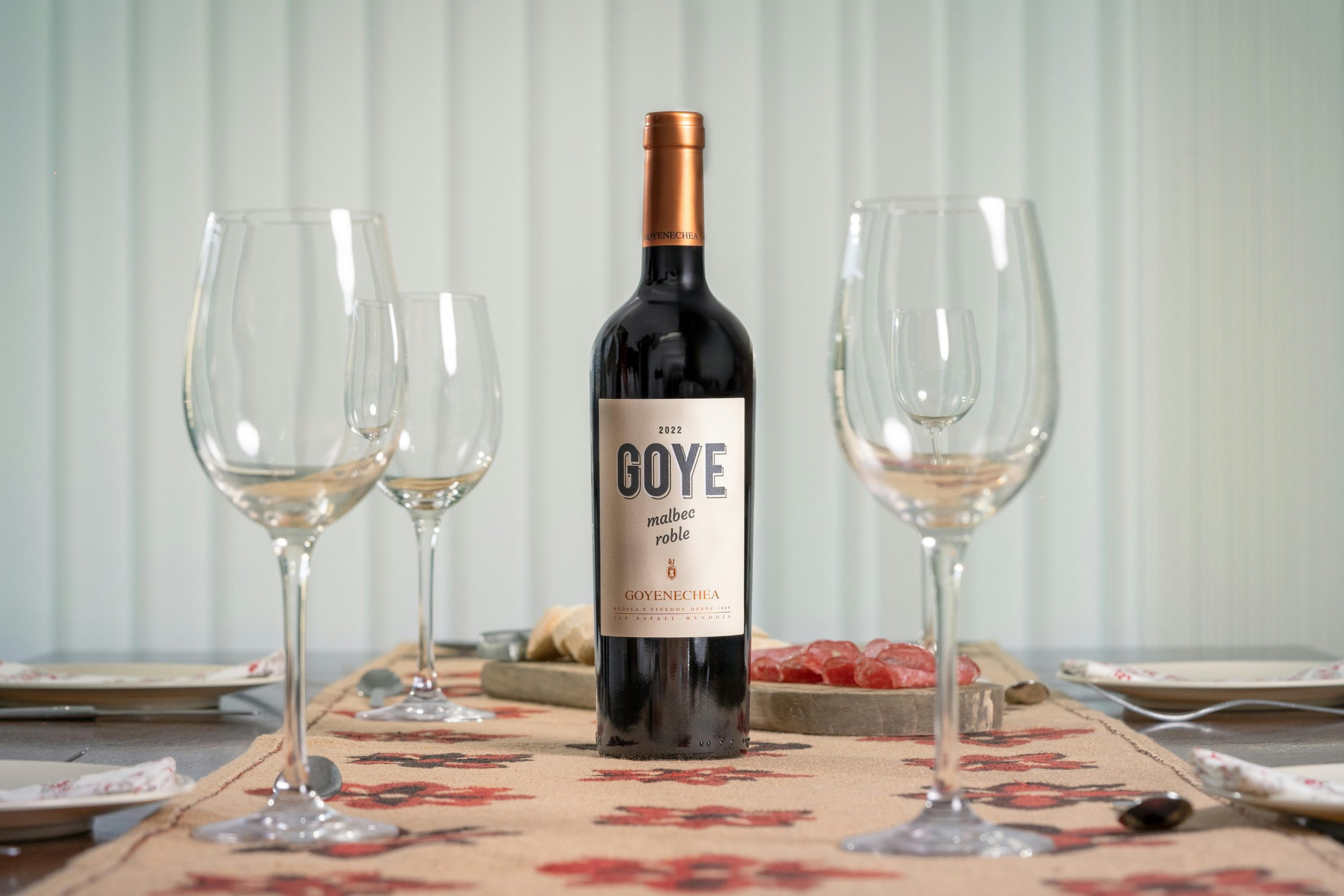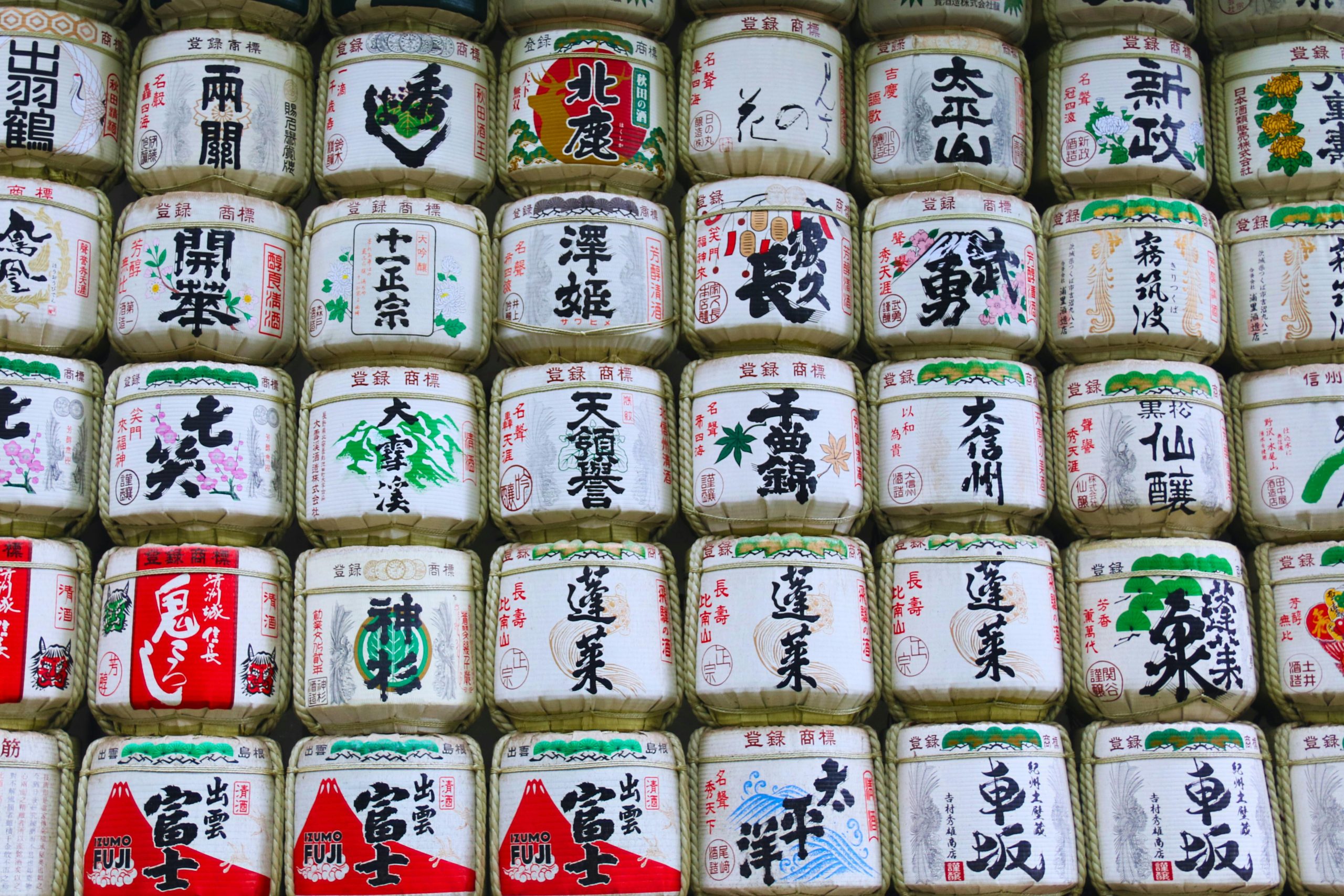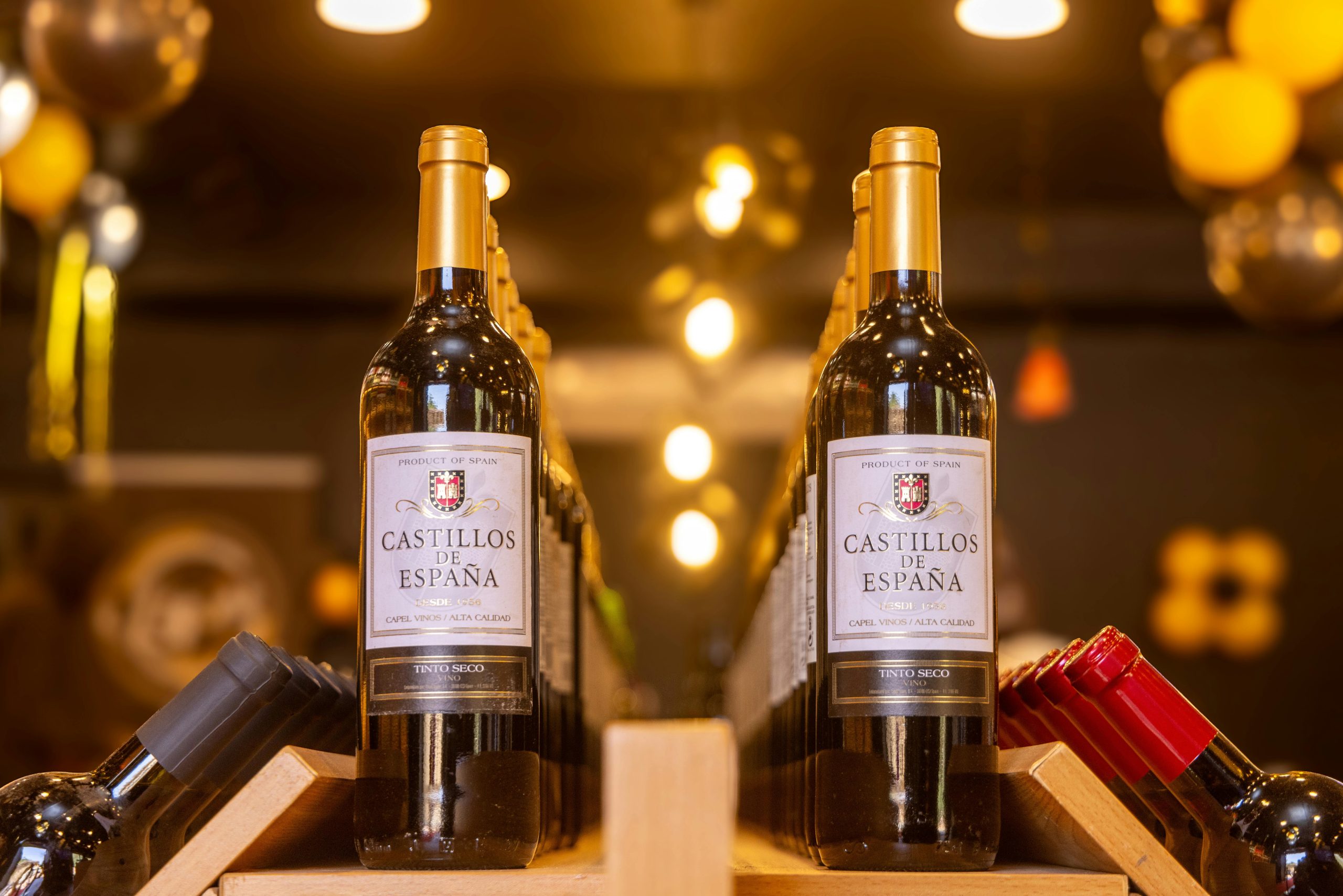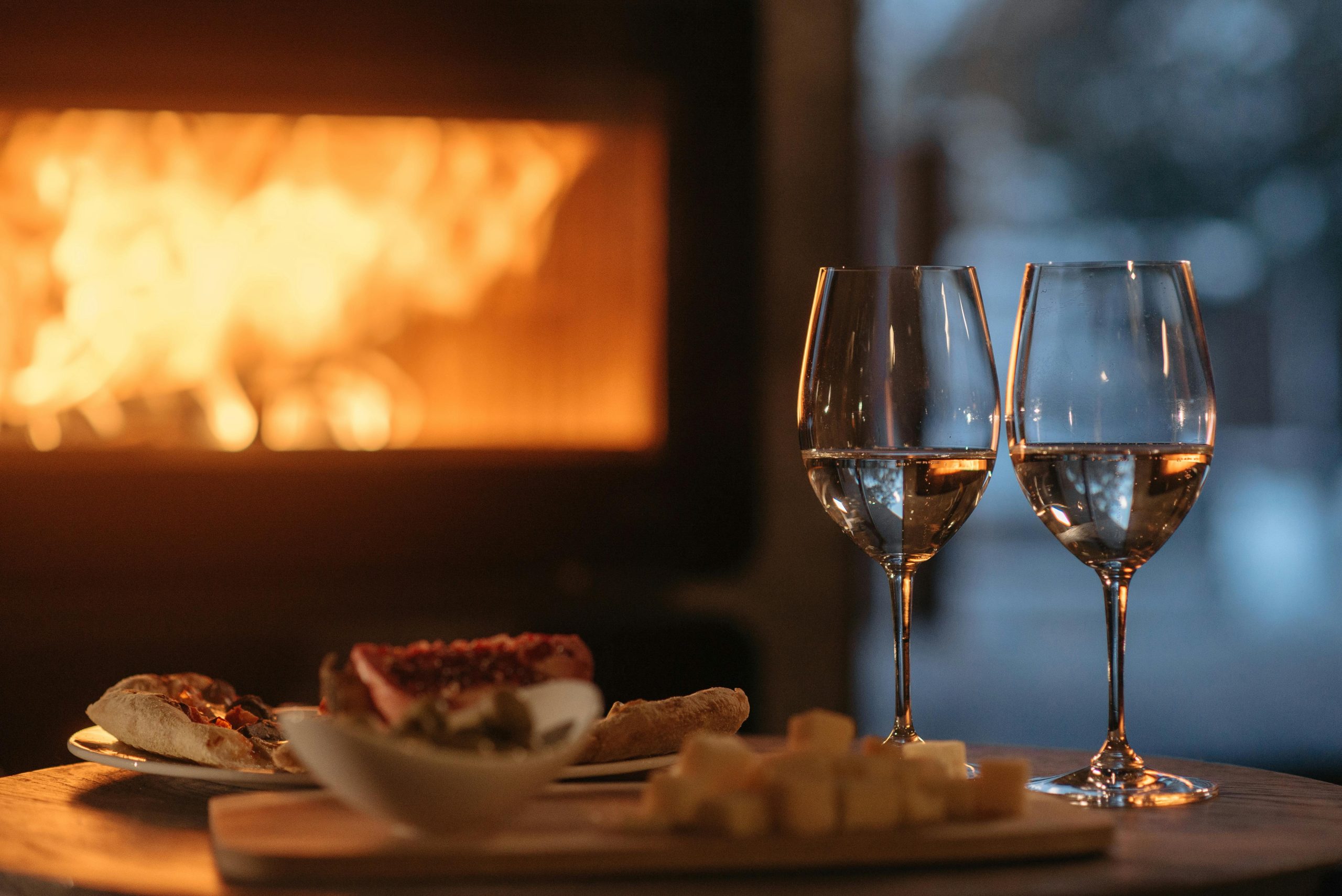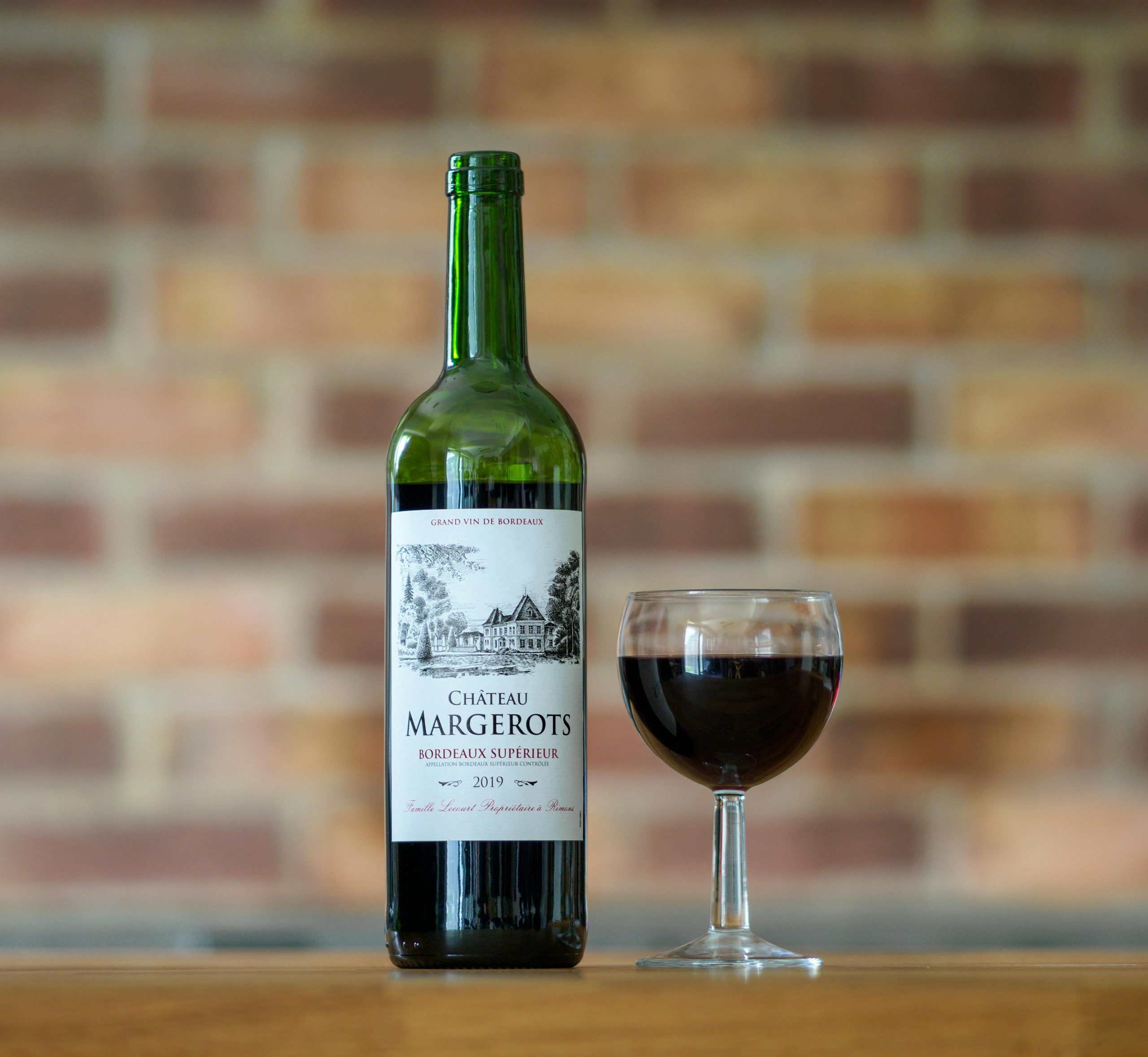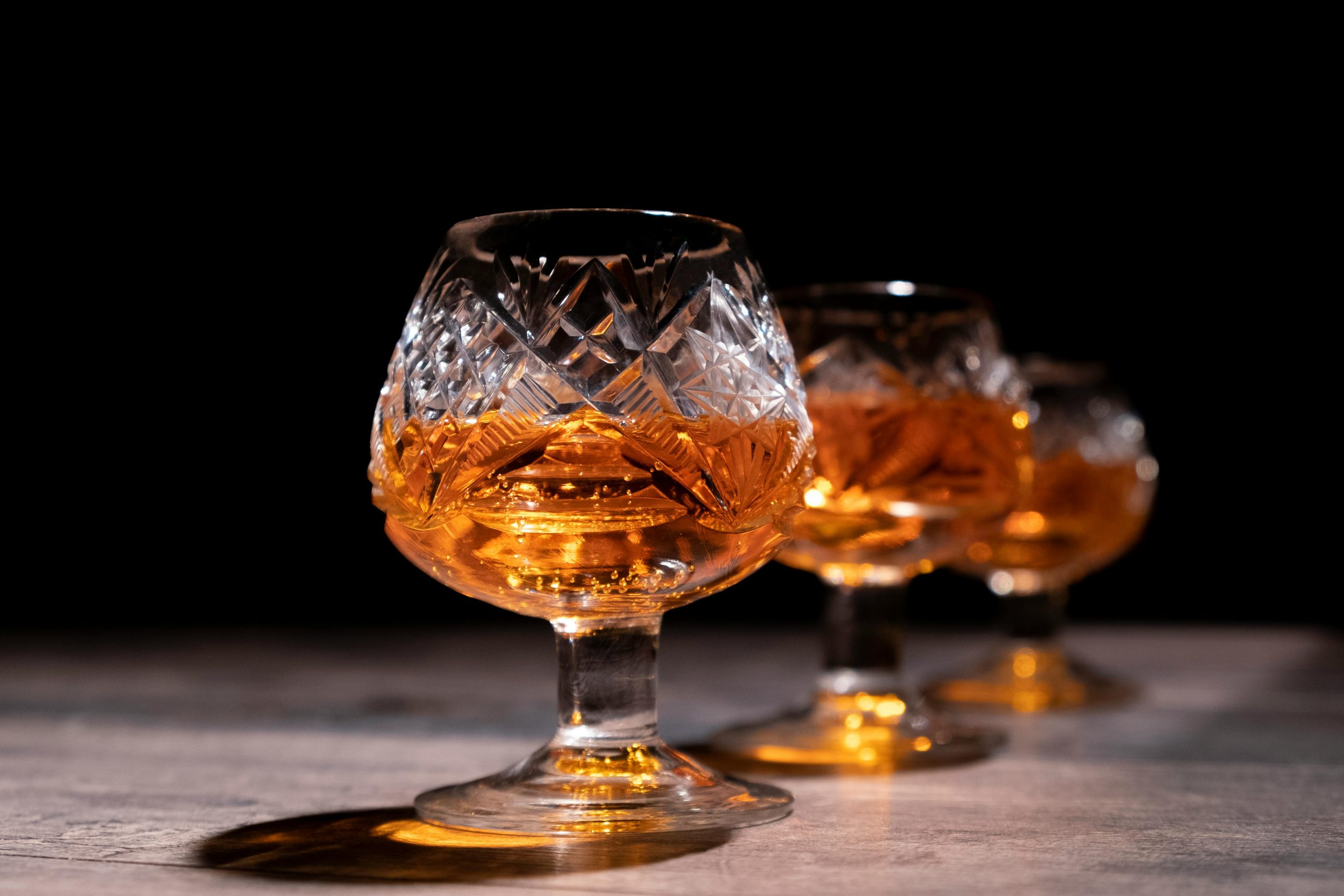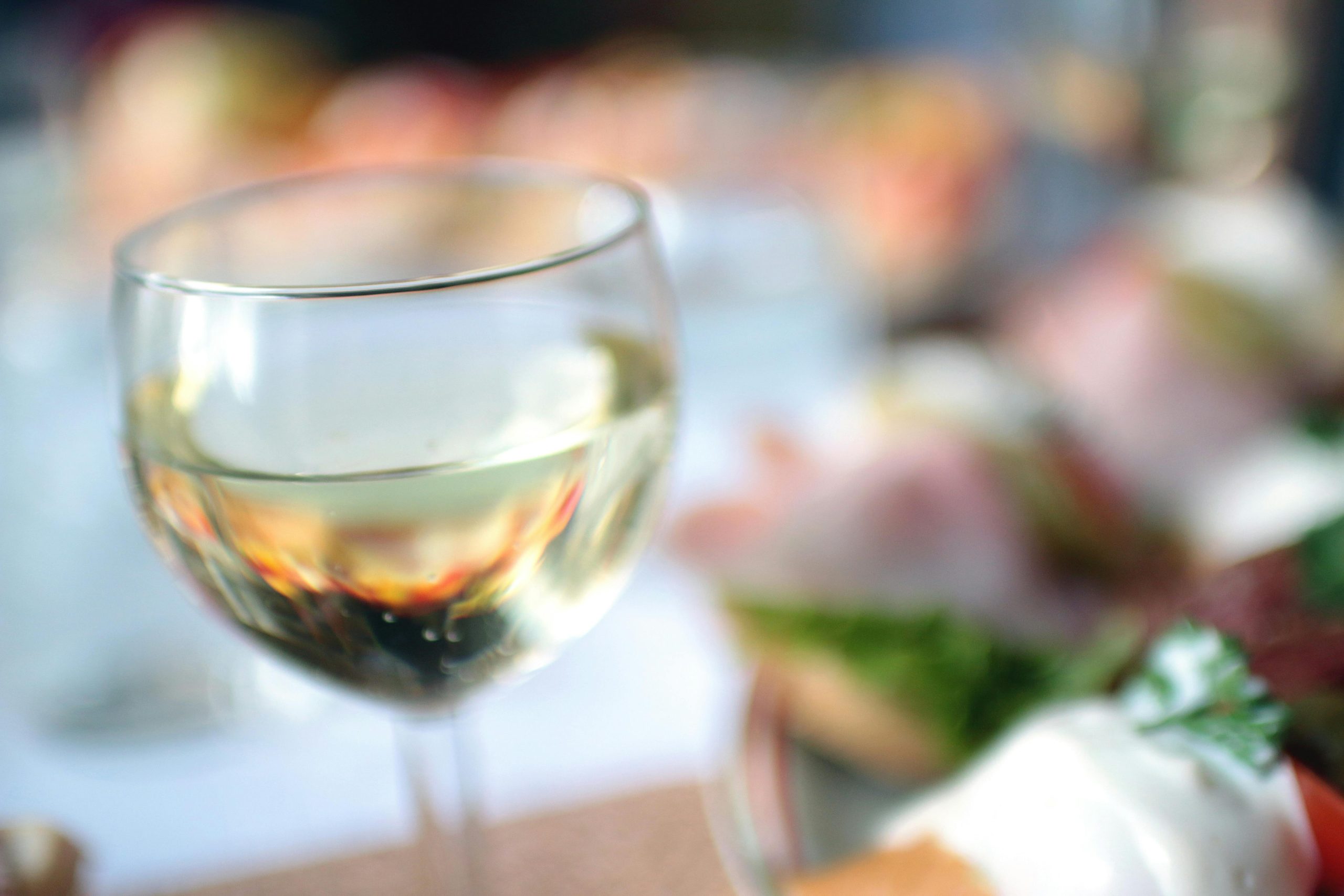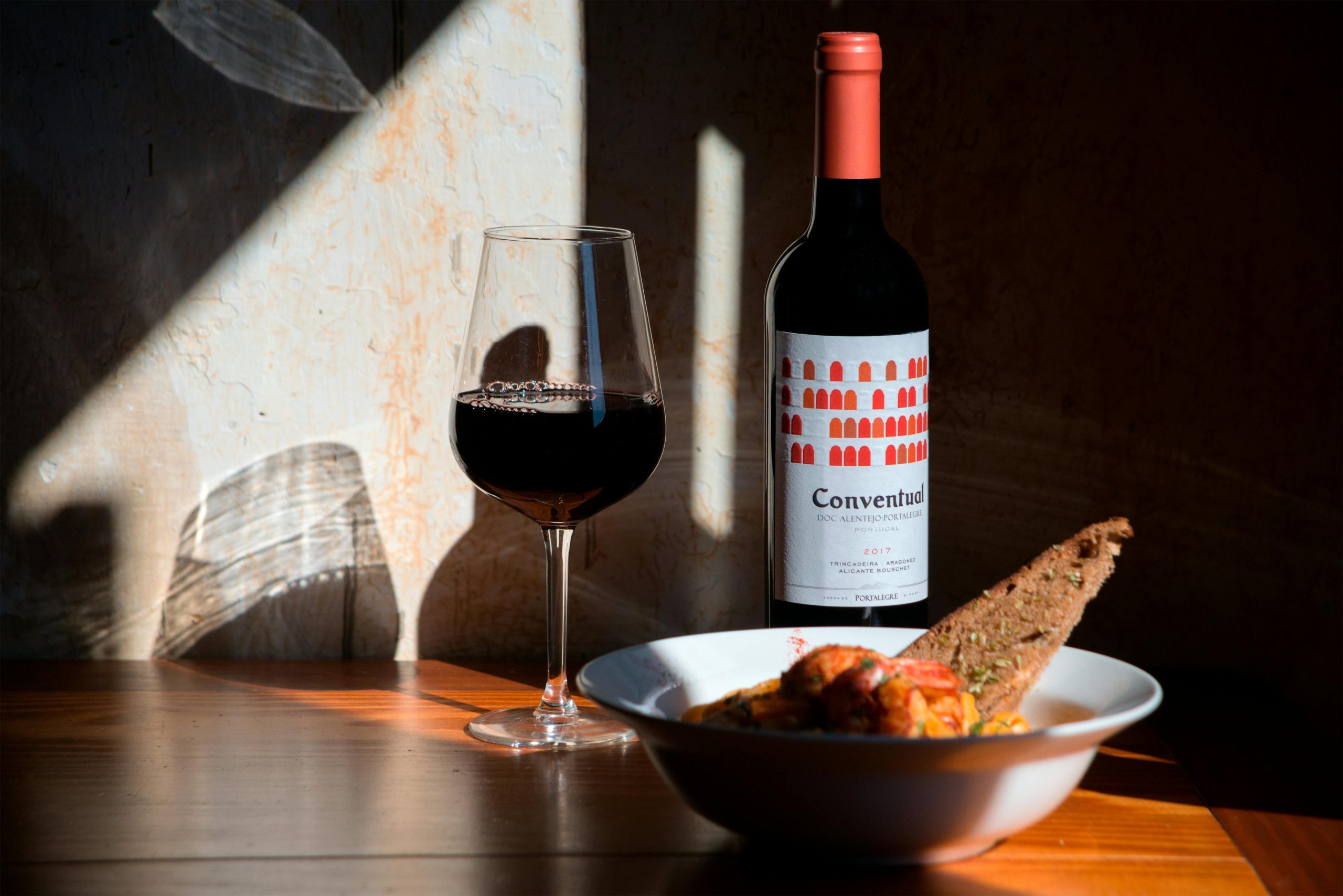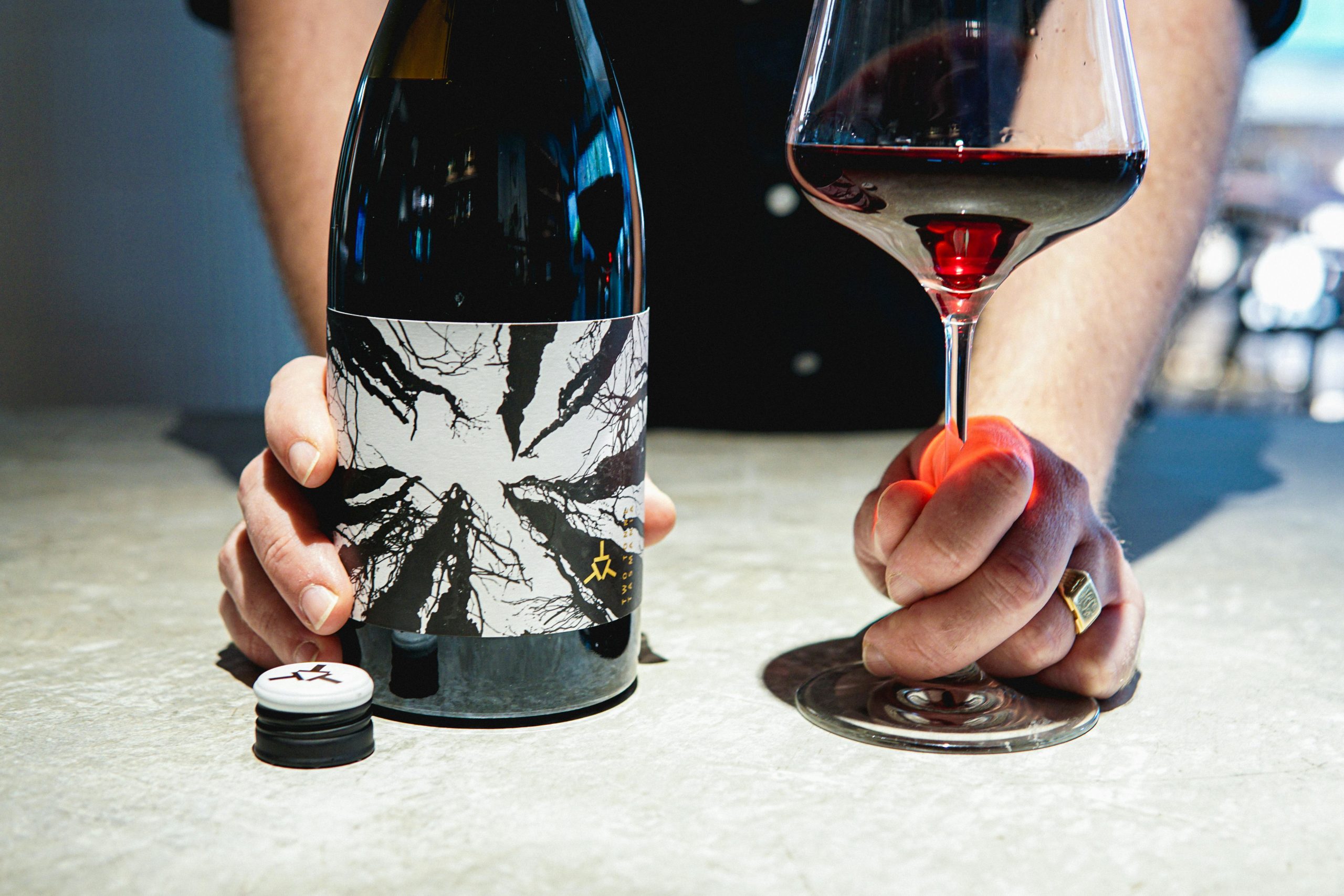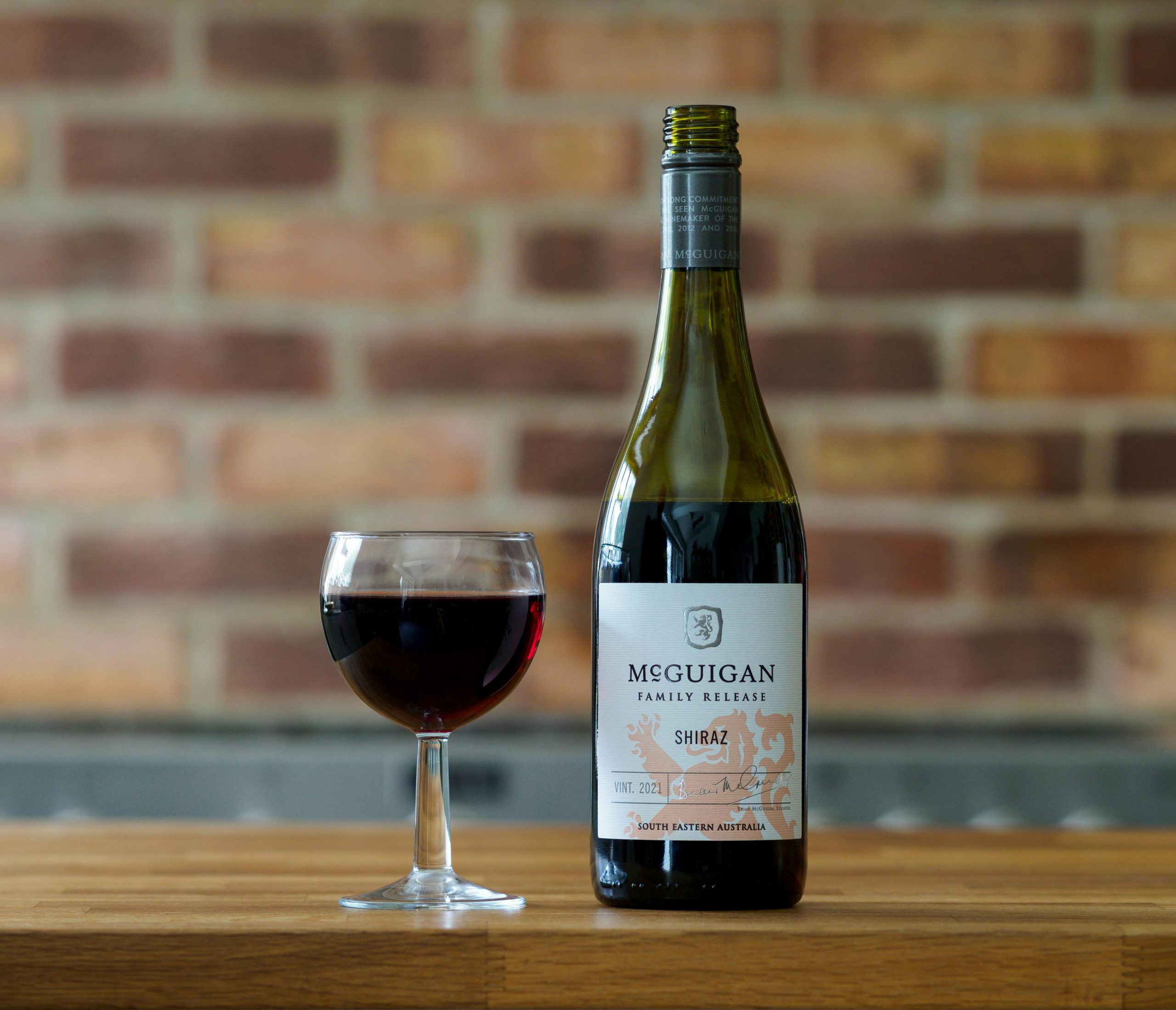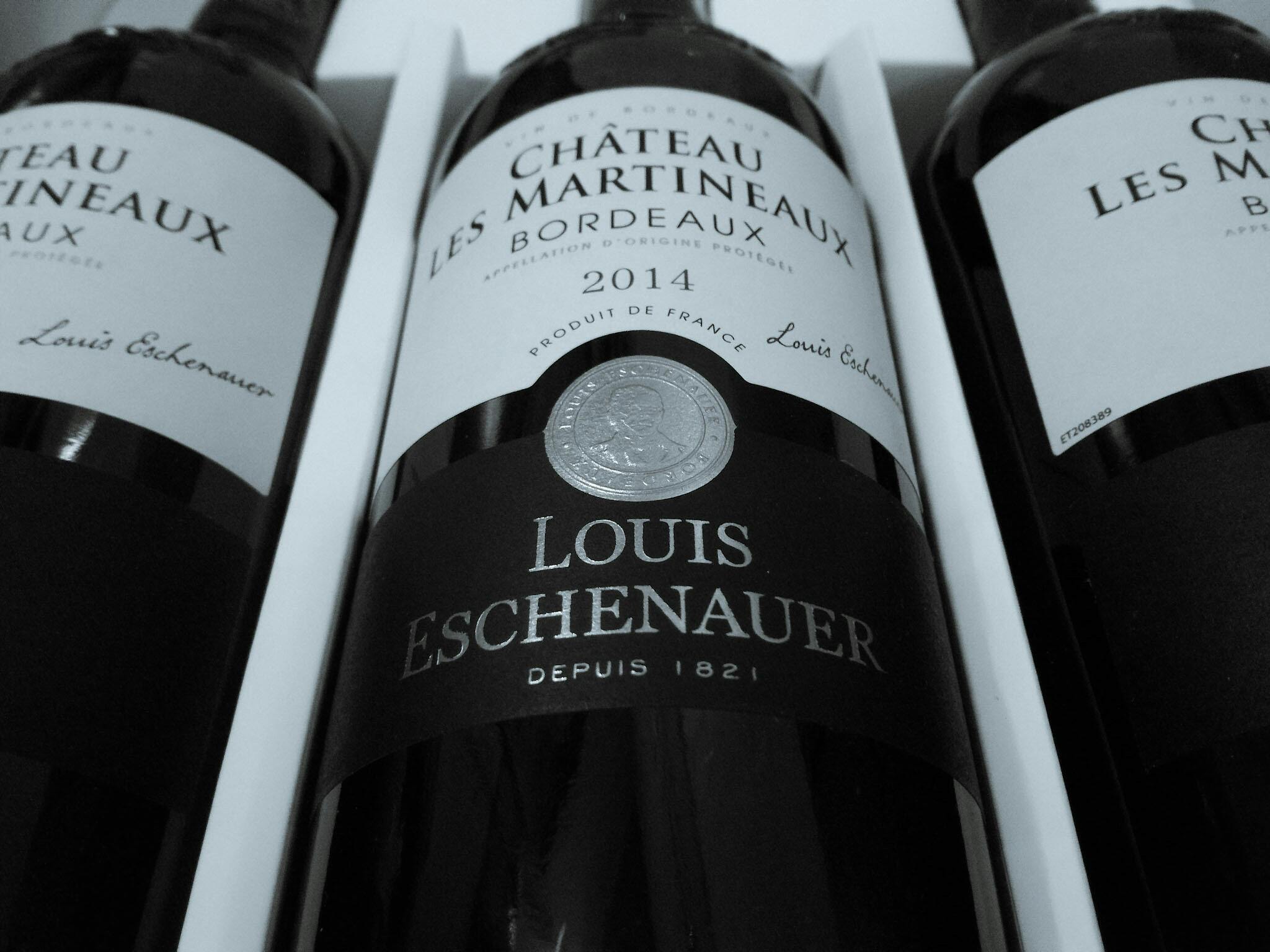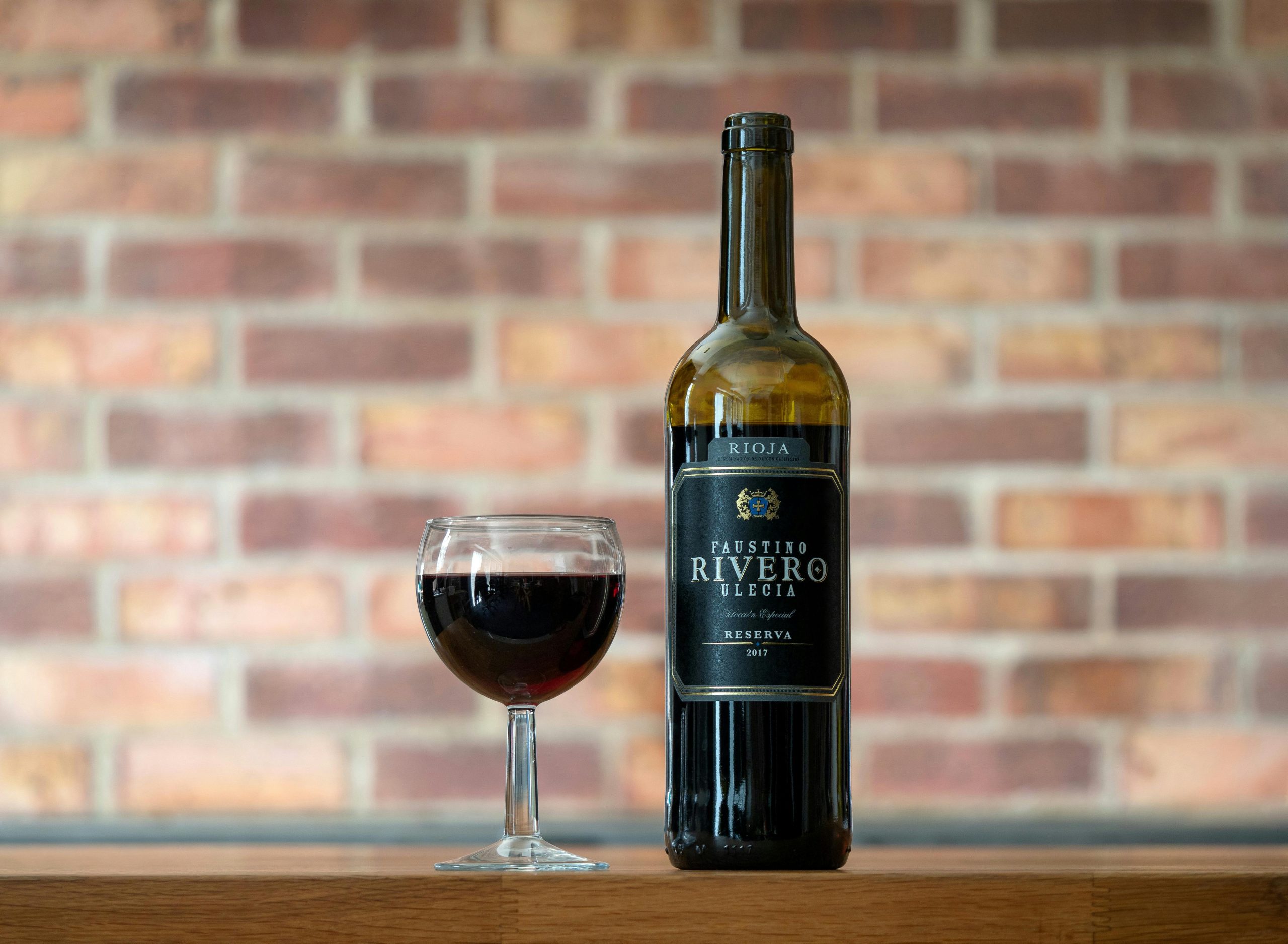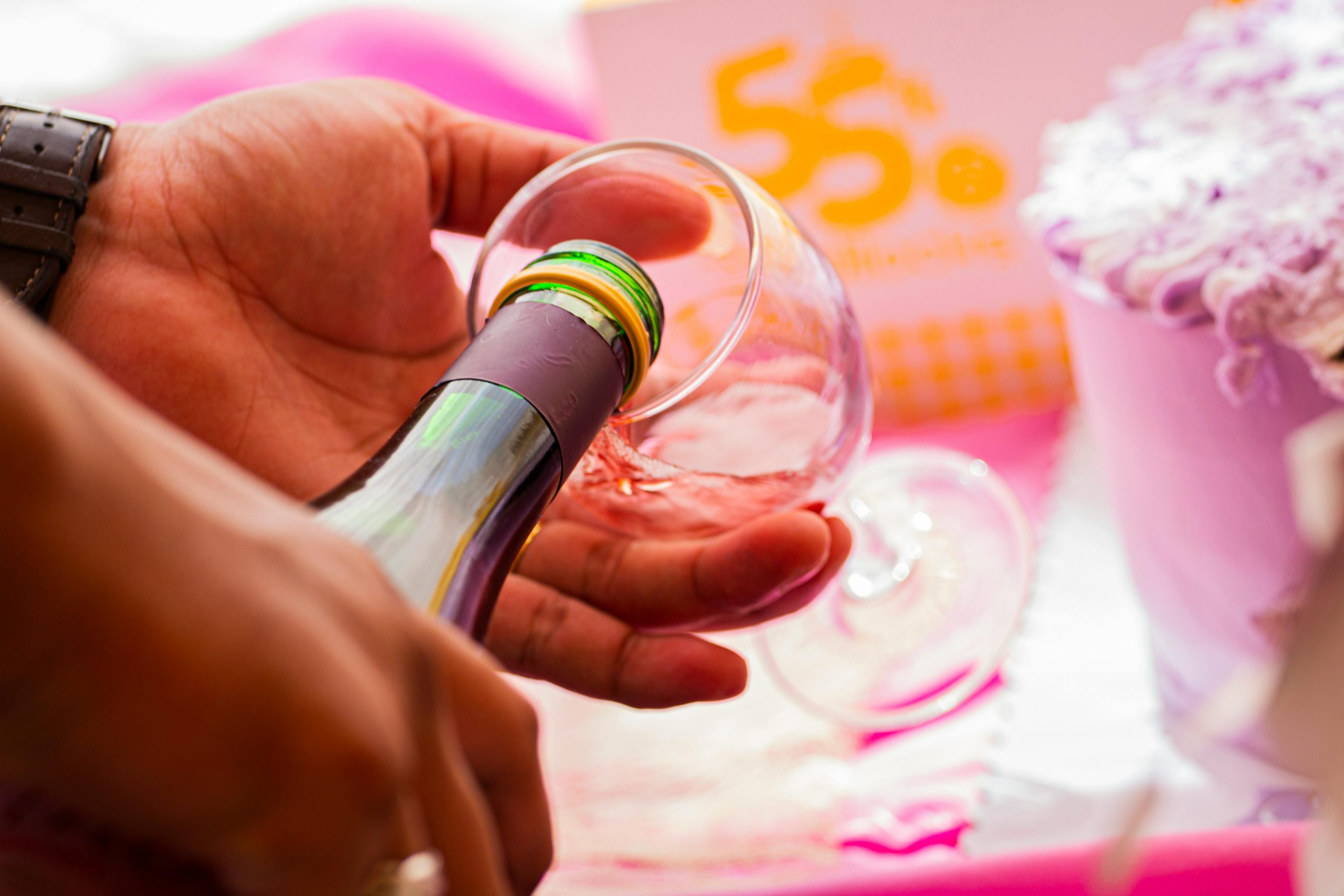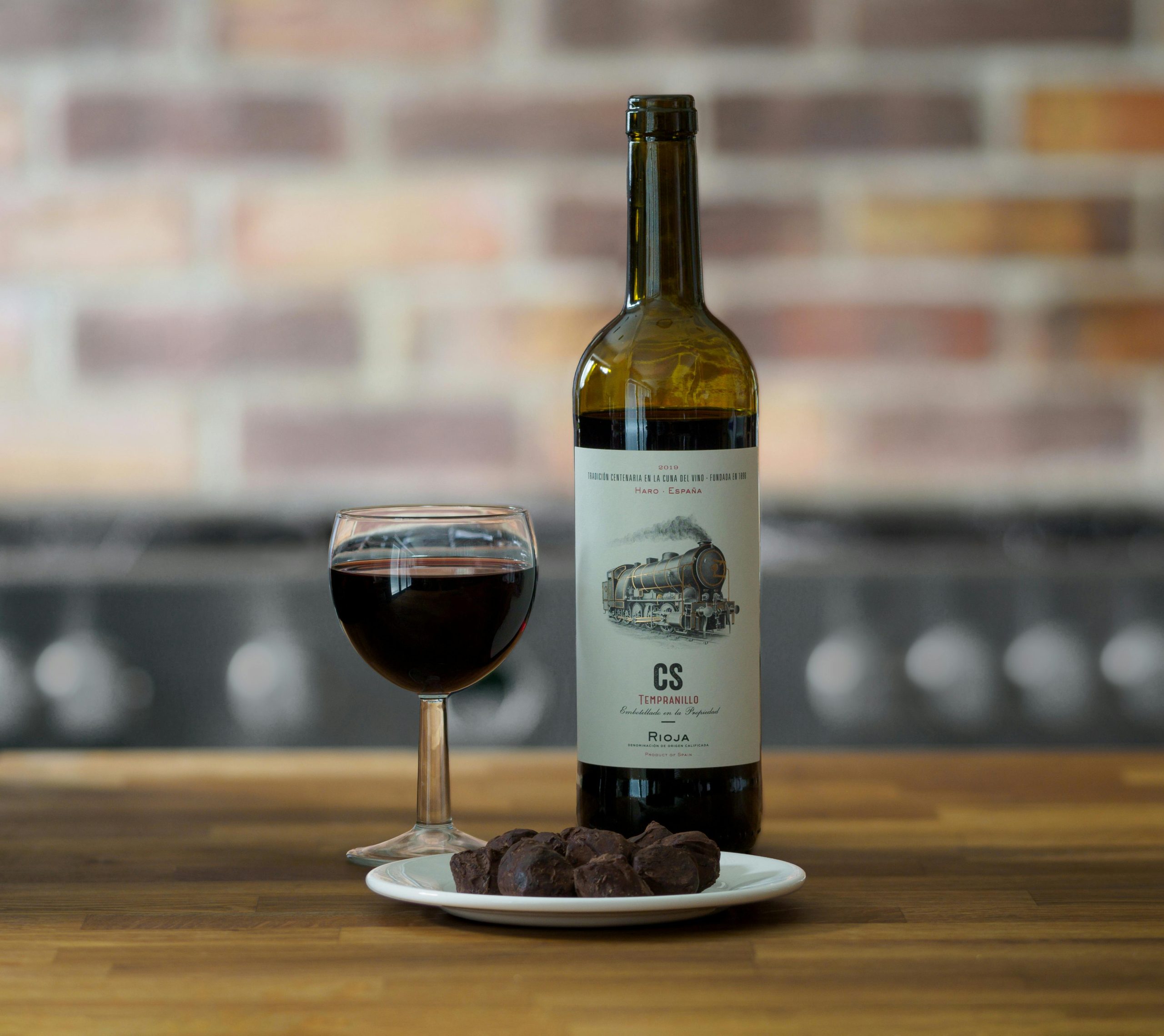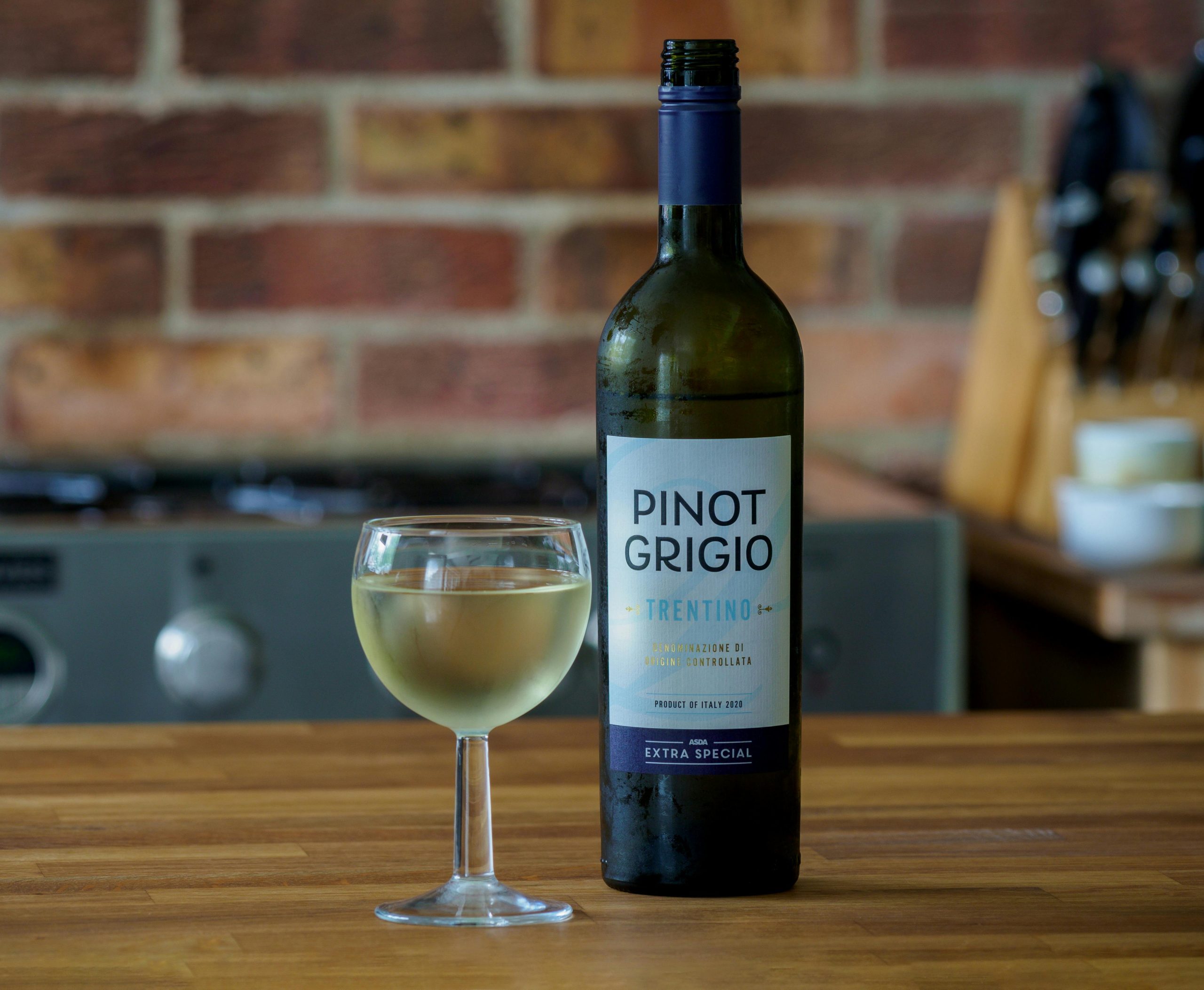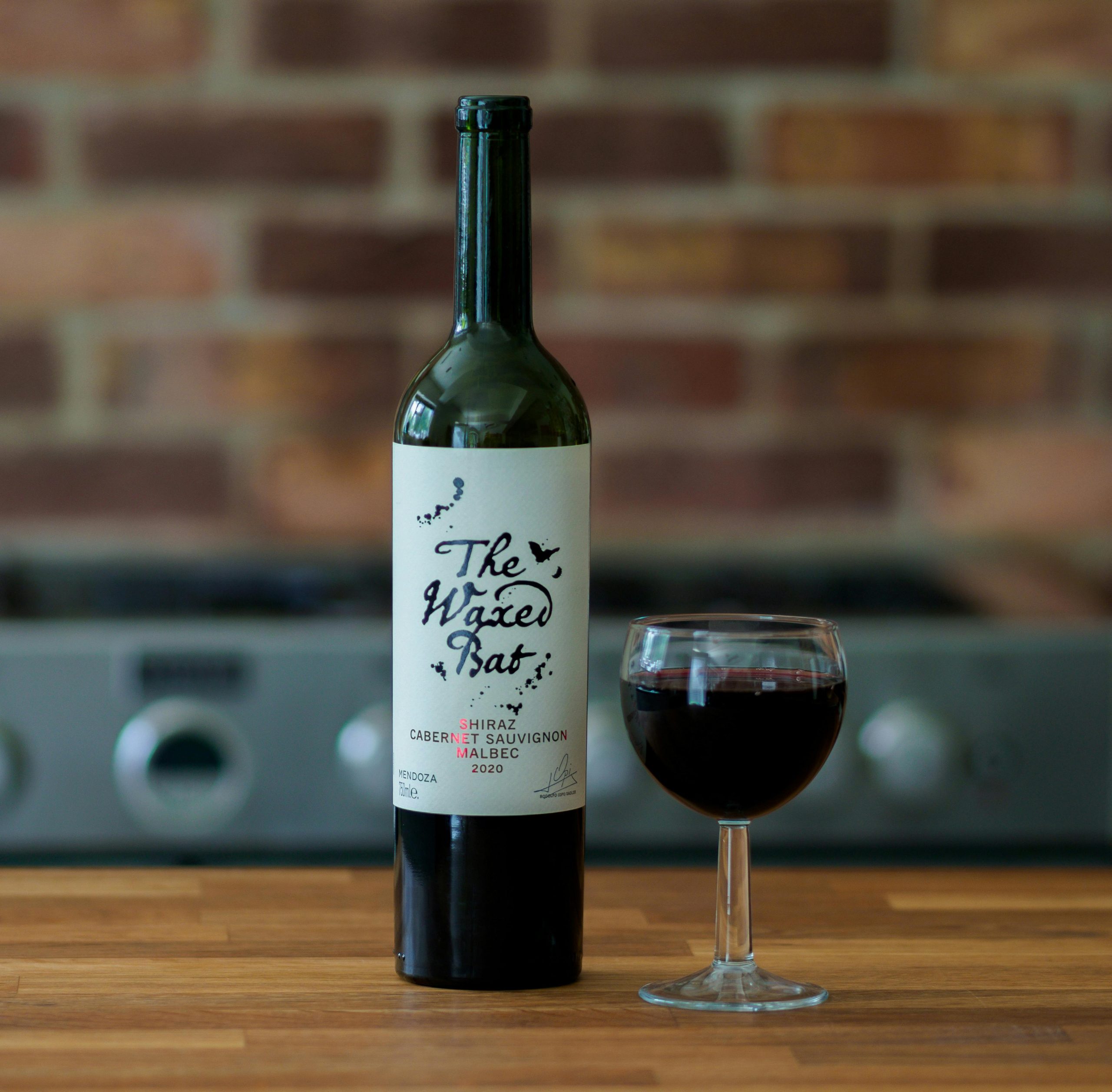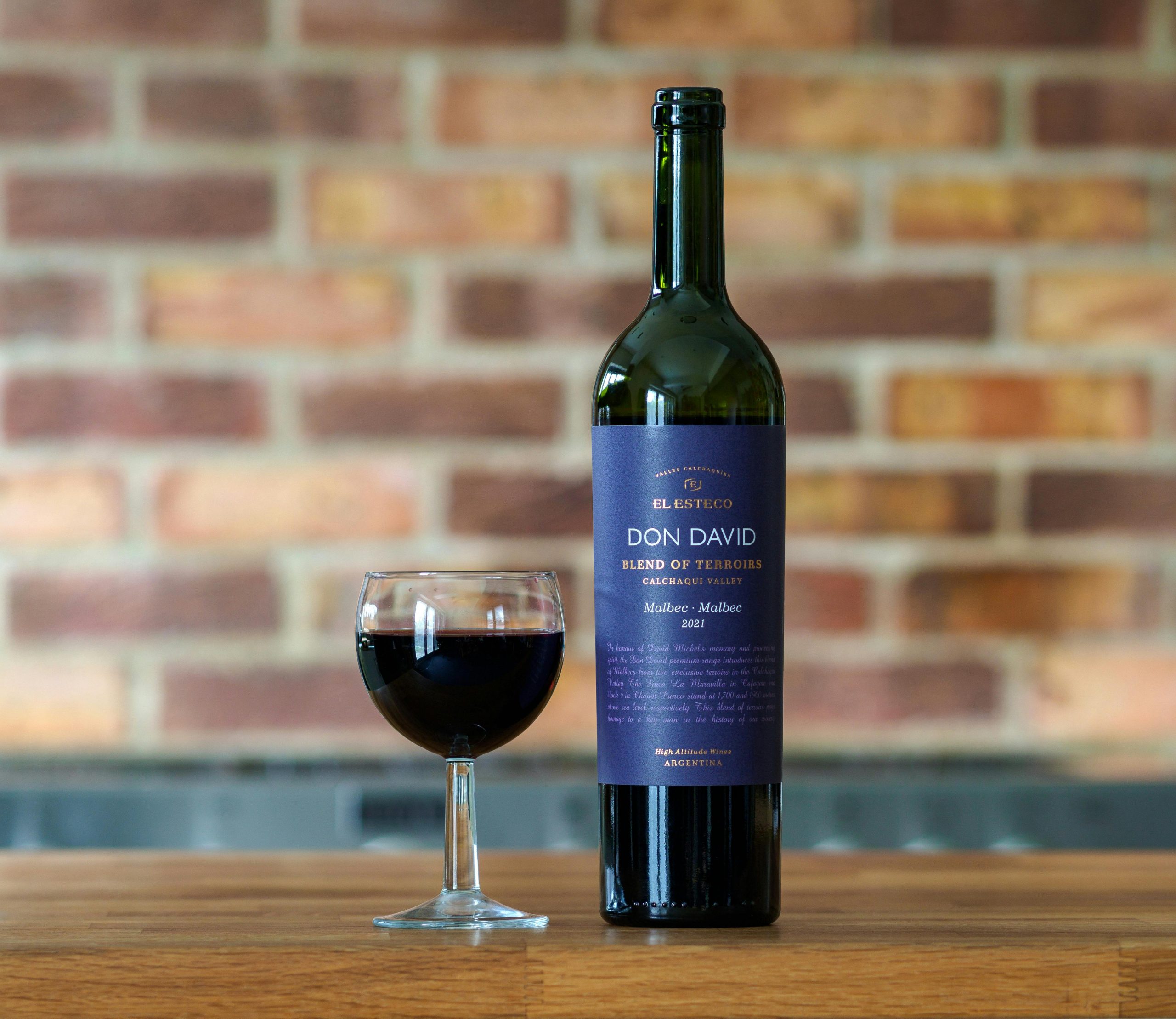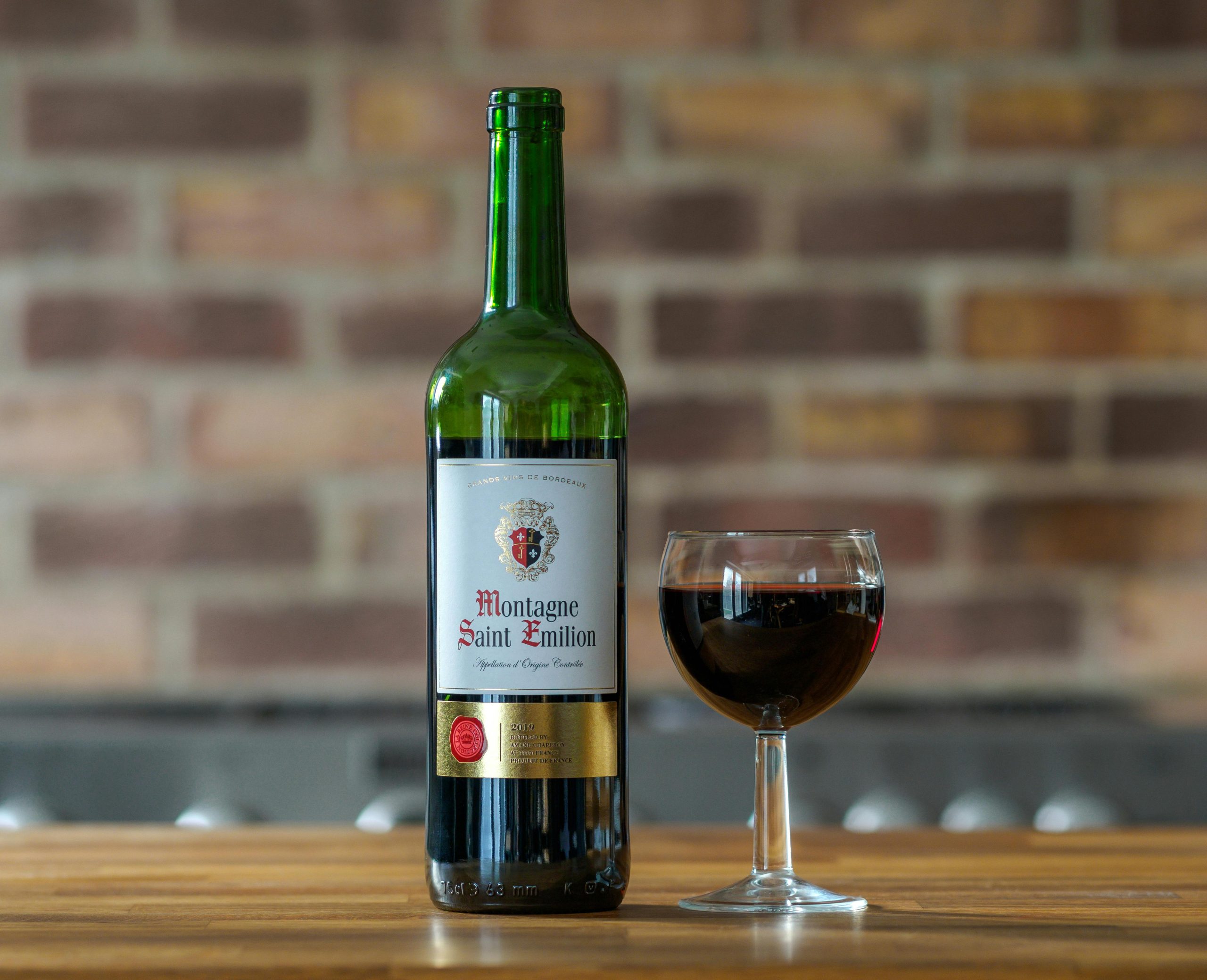Château Lalande d’Auvion Médoc 2020
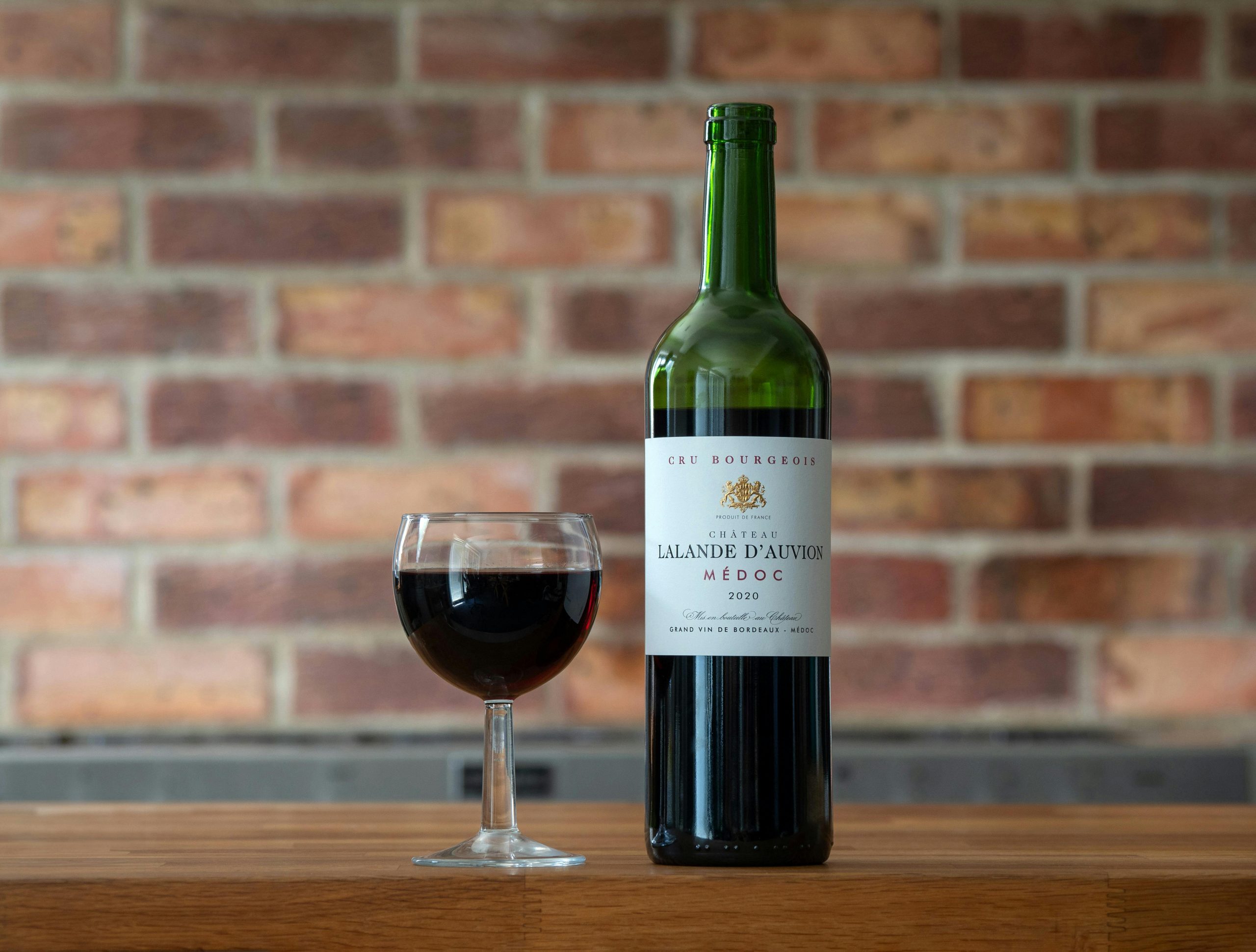
Wine Overview
- Name: Château Lalande d’Auvion Médoc 2020
- Region: Médoc, Bordeaux, France
- Classification: Cru Bourgeois
- Vintage: 2020
- Grape Varieties: Likely a blend dominated by Cabernet Sauvignon and Merlot. As is typical for Médoc wines, with potential additions of Petit Verdot or Cabernet Franc.
Background and Winemaking
Château Lalande d’Auvion comes from the prestigious Médoc region in Bordeaux. It is known for producing some of the world’s finest red wines. Médoc wines are prized for their complexity, structure, and potential to age gracefully. The “Cru Bourgeois” classification is a mark of quality just below the “Cru Classé” wines, indicating that this wine has met rigorous standards of production and has been recognized for its quality.
The 2020 vintage faced some challenges in Bordeaux, with early-season rainfall and a hot, dry summer, leading to concentrated flavors in the grapes. However, this kind of climate typically results in wines with intense fruit characteristics, balanced by good acidity and structure.
Tasting Notes
- Appearance: In the glass, this wine shows a deep ruby color with violet hints, suggesting youth and concentration.
- Nose: The aromatic profile is rich and inviting. It has notes of ripe blackcurrants, dark cherries, and a touch of blackberry jam. These fruity aromas are complemented by hints of cedar, tobacco, and subtle earthy tones, likely a result of the oak aging process. There may also be a touch of graphite, a classic characteristic of Médoc wines. Also, a whiff of vanilla from oak integration.
- Palate: On the palate, Château Lalande d’Auvion Médoc 2020 is medium to full-bodied, with structured tannins that give it a solid backbone. The wine balances ripe dark fruit flavors—like plum, blackcurrant, and blackberry—with secondary flavors of black pepper, baking spices, and a hint of espresso. The acidity is well-balanced, offering freshness that prevents the wine from feeling overly heavy. This balance of fruit, tannins, and acidity suggests it has good aging potential, but it is also approachable in its youth after some decanting.
- Finish: The finish is long and satisfying, leaving a lingering taste of dark fruit, subtle oak, and a hint of minerality. The tannins soften towards the end, making for a refined and smooth finish that invites you back for another sip.
Food Pairing Suggestions
So, Château Lalande d’Auvion Médoc 2020 is a versatile wine that pairs well with a range of hearty dishes. Here are some pairing suggestions to elevate the tasting experience:
- Red Meat: Classic pairings like ribeye steak, roast lamb with rosemary. Or, grilled beef will match the wine’s robust structure and complement its rich flavors.
- Game: Dishes with venison or duck, especially with berry-based sauces, will highlight the wine’s fruity notes.
- Cheeses: Aged cheeses like Comté, Gouda. Or, even a blue cheese will pair beautifully with the wine’s tannins and fruit profile.
- Vegetarian Options: Try it with a mushroom risotto, roasted root vegetables, or dishes featuring truffles. These earthy flavors will mirror the wine’s subtle undertones.
Aging Potential
While Château Lalande d’Auvion Médoc 2020 is enjoyable now, it has the potential to age gracefully for 5-10 years. With time, the tannins will soften further. The wine will develop more complex tertiary flavors like leather, dried herbs, and tobacco.
Final Thoughts
Château Lalande d’Auvion Médoc 2020 is a well-crafted wine that exemplifies the character of Bordeaux’s Médoc region. With its balance of fruit, tannins, and acidity, it offers an excellent introduction to the Cru Bourgeois class for wine enthusiasts. This vintage can be enjoyed now with decanting to open up its aromas and soften its tannins, but it also has the structure to reward those who are patient enough to let it age.
In summary, it’s an approachable yet sophisticated wine that promises depth and a classic Bordeaux experience. Perfect for gatherings, special dinners, or an evening of quiet indulgence.
Curious about more wine reviews? Visit our Wine Reviews.
